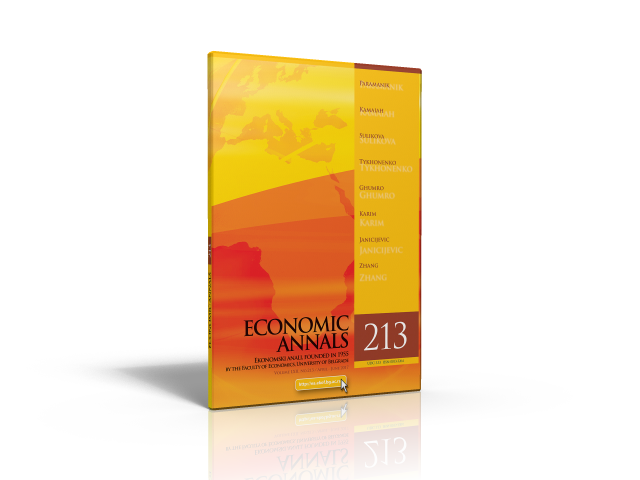AN EMPIRICAL ANALYSIS OF INDIAN BUSINESS CYCLE DYNAMICS
##plugins.themes.bootstrap3.article.main##
##plugins.themes.bootstrap3.article.sidebar##
Rajendra N. Paramanik
Bandi Kamaiah
Bandi Kamaiah
Abstract
This paper attempts to construct a monthly Composite Index of Leading Indicators (CILI) for the Indian business cycle between April 1994 and December 2015. The cyclical component of the Index of Industrial Production (IIP), generated by Baxter-King band pass filters, is considered as a reference series for Indian business cycle analysis. A set of indicator variables pertaining to different sectors of the economy are chosen on the basis of their strong leading correlation with the reference series. Further, Principal Component Analysis (PCA) technique is applied to assign an appropriate weight to each leading variable, and a CILI is constructed. The performance of the CILI is validated using the turning-point analysis of BryBoschan and Harding-Pagan. The CILI accurately predicts two major troughsin the Indian business cycle, with six and eleven month leads respectively.
##plugins.themes.bootstrap3.article.details##
Keywords
Business Cycle, Composite Index of Leading Indicators.
JEL Classification
B22, E17
Issue
Section
Articles
How to Cite
N. Paramanik, R., & Kamaiah, B. (2017). AN EMPIRICAL ANALYSIS OF INDIAN BUSINESS CYCLE DYNAMICS. Economic Annals, 62(213), 7-26. https://doi.org/10.2298/EKA1713007P
How to Cite
N. Paramanik, R., & Kamaiah, B. (2017). AN EMPIRICAL ANALYSIS OF INDIAN BUSINESS CYCLE DYNAMICS. Economic Annals, 62(213), 7-26. https://doi.org/10.2298/EKA1713007P

